The best paintings in the world!
Courtyard
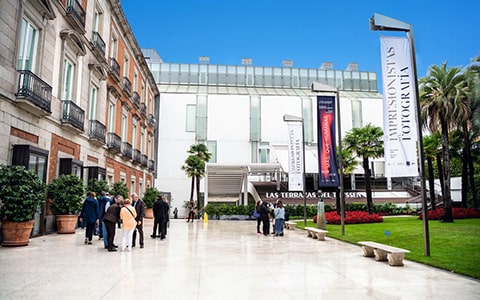
The meeting point for the Thyssen-Bornemisza Museum tour is the courtyard in front of the main entrance. It’s an easy place to find, so there’s no need to worry about getting lost!
Interior of the Museum
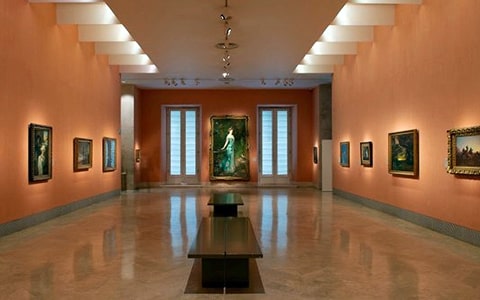
Welcome to the Thyssen Museum, where masterpieces ranging from 12th-century icons to modern art are displayed in a calm atmosphere! Often described as a “textbook of European Art,” the museum offers an extraordinarily broad and beautifully curated collection!
Christ and the Samaritan Woman
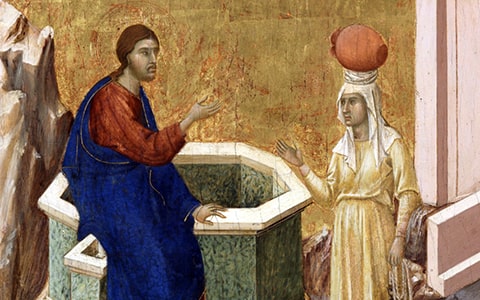
This panel painting, created by Duccio in the early 14th century, depicts Christ speaking with the Samaritan woman beside a well. The gold background typical of Gothic art and the delicate linear style lend the scene a sacred atmosphere. The gentle gaze of Christ contrasts strikingly with the woman’s expression of reverence, creating a composition of quiet emotional depth.
Portrait of Giovanna Tornabuoni
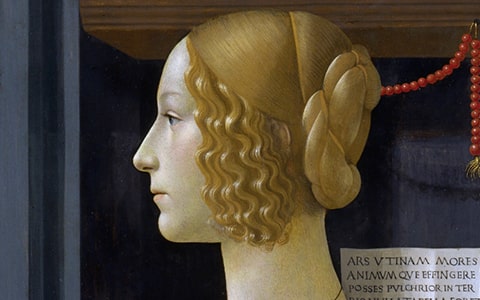
Painted by the Florentine artist Domenico Ghirlandaio in the 15th century, this portrait was commissioned by a grieving husband in memory of his young wife, Giovanna. Her serene profile, harmonious features and flawless skin epitomise the ideal of feminine beauty in the Renaissance.
Jesus amongst the Doctors
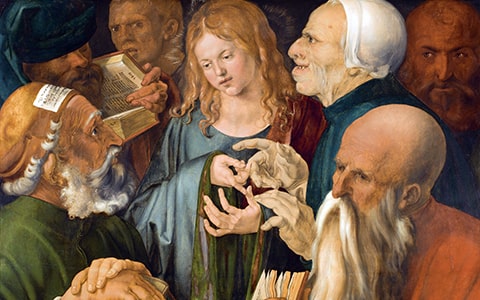
This masterpiece shows how Dürer combined the perspective and anatomical knowledge he acquired during his travels in Italy. In it, a twelve-year-old Christ debates with learned scholars in the temple in a composition charged with intellectual tension. Dürer’s sharp lines and the minute realism of the Northern Renaissance vividly bring out each figure’s individuality.
Portrait of Henry VIII of England
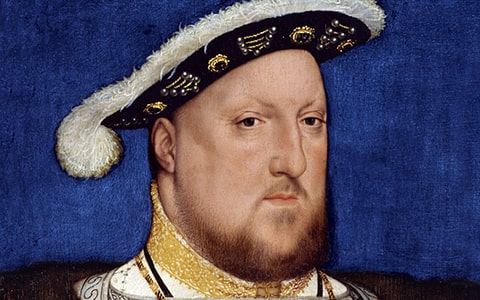
This portrait symbolises the authority of the Tudor dynasty and demonstrates Holbein’s precision and unmatched realism. Henry VIII is shown standing in a commanding pose that radiates power. The lavish detail of the gold embroidery, jewels and fabrics showcases the painter’s extraordinary technical skill.
Saint Catherine of Alexandria
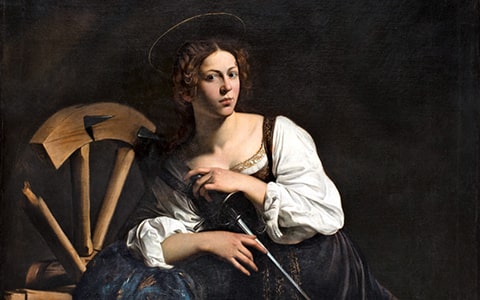
This painting of the martyred Saint Catherine reveals Caravaggio’s masterful use of dramatic chiaroscuro. Gentle light falls upon her face and hands, expressing both her faith and her quiet sorrow. The sword and wheel—symbols of her martyrdom—emerge from the darkness, highlighting the weight of her fate and the nobility of her spirit.
Self-portrait
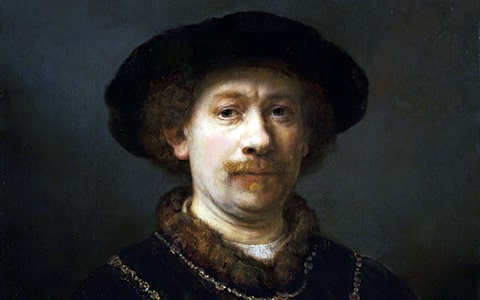
Painted during Rembrandt’s mature years, this self-portrait captures the inner conflict that followed fame and success. Soft light falls across his face, while the deep shadows of the background lend the figure a sense of solitude. The hat and chains symbolise social achievement, yet his sombre gaze reveals the introspection and isolation of the artist.
Swaying Dancer
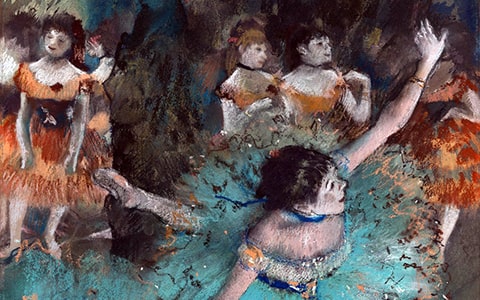
Edgar Degas loved to portray the truth hidden behind the glamour of the stage. In this painting he captures, with delicate pastel tones, the dancer’s moment of intense concentration during rehearsal. The diagonal composition and cropped framing—partly inspired by Japanese ukiyo-e prints—create a dynamic yet intimate image.
Horsewoman, Full-Face
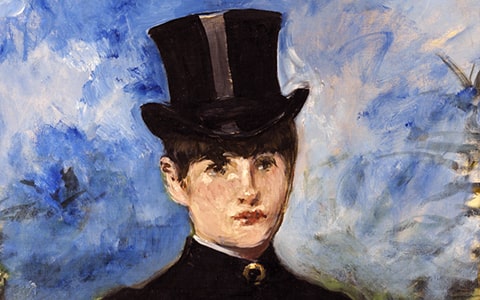
The image of a woman in a black riding habit gazing steadily ahead embodies the new concept of womanhood in 19th-century Paris. Manet’s bold brushwork and simplified background heighten her presence. The painting celebrates female independence and dignity, and her gaze reflects the spirit of a changing era.
Millicent, Duchess of Sutherland

An elegant portrait by Sargent, an American who depicted the European aristocracy with refinement and poise. The duchess, dressed in black, radiates both intelligence and grace. Subtle lighting and delicate brushstrokes distinguish the textures of her skin and gown, creating an atmosphere of quiet sophistication.
Harlequin with a Mirror
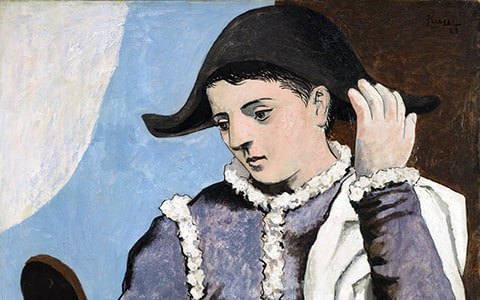
Painted during Picasso’s transition from the Blue to the Rose Period, this work symbolises the artist’s self-awareness and solitude. The harlequin, with a mask-like face, gazes into a mirror—a metaphor for introspection. The muted palette and soft contours evoke melancholy and calm reflection.
Dream Caused by the Flight of a Bee
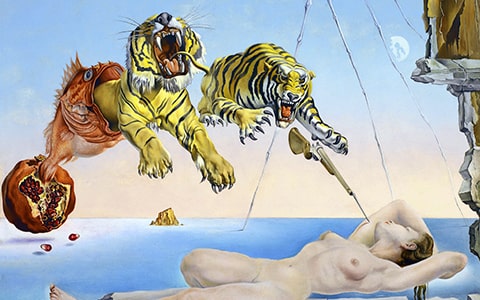
This is one of Dalí’s most famous explorations of the unconscious: the instant a bee flies near the sleeping Gala is rendered with surreal precision. Floating pomegranates, fish, tigers and a bayonet all represent elements of a dream’s chain reaction. The smooth surfaces and extreme perspective blur the boundary between reality and illusion.
Interior of the Museum
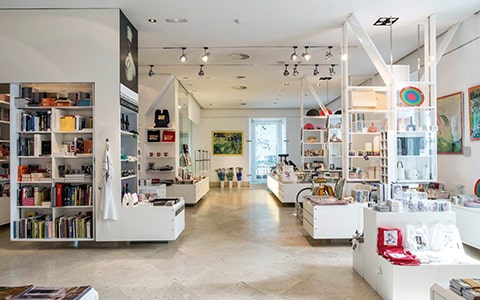
The tour concludes inside the Thyssen-Bornemisza Museum. You’re welcome to continue exploring on your own afterwards. The café and museum shop offer a wide selection of beautiful postcards, catalogues, bags and accessories—perfect souvenirs to remember your visit!
Note
The information given in this page is for information purposes only. Although I always endeavour to provide the services as described, I reserve the right to make changes to the content, dates and times of the services due to unavoidable or local conditions.